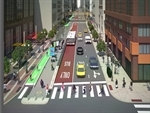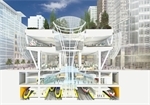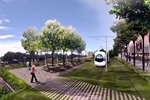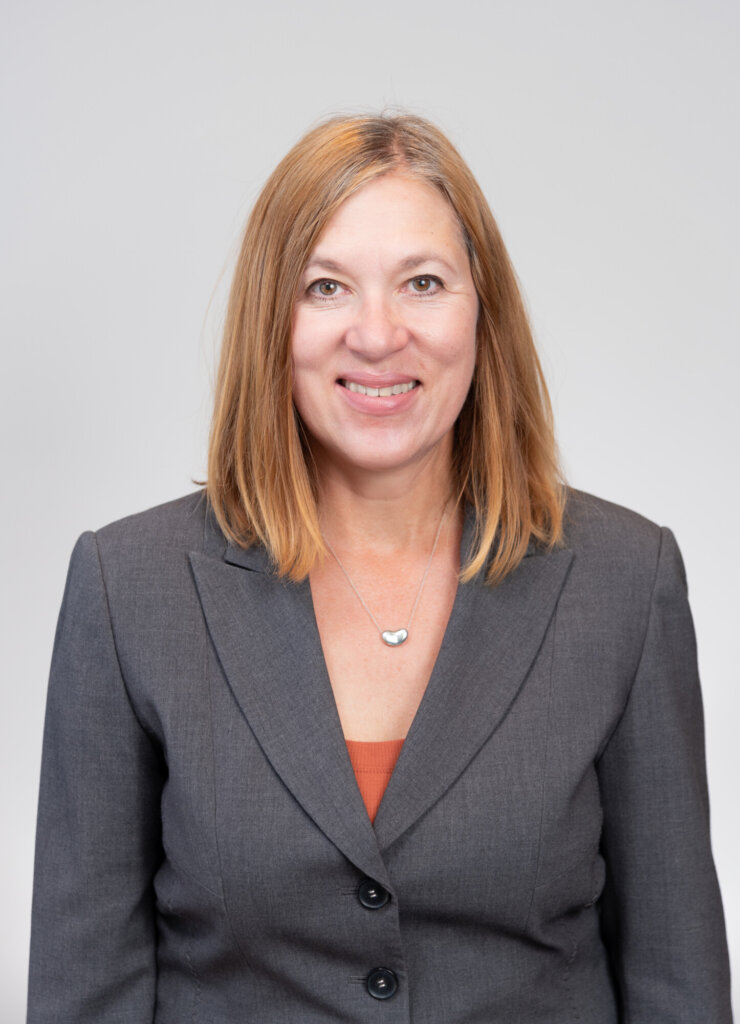Innovative Infrastructure Delivery: expanding options for infrastructure
Transit Facility Improvement Area
Purpose

Because well-planned transportation investments increase people’s access to desirable destinations, locations near these investments command higher land prices, benefiting land owners and developers. Value capture mechanisms, like tax increment financing (TIF), are a type of public financing where increases in the private land values generated by public transportation investments are “captured” to repay the cost of the public investment. Using value capture mechanisms to finance new or existing transportation infrastructure connects the benefit of the infrastructure investment with the cost to provide it.
Overview
Transit facility improvement areas are used by cities across the country to connect people to places and jobs and promote economic development.
A bill passed by the Illinois General Assembly, SB2562 (the text was transferred from a previous MPC-supported bill, SB277), will allow the City of Chicago to create a transit facility improvement area to help fund the Union Station Master Plan, as well as CTA’s Red and Purple Modernization, Red Line South extension and Blue Line Forest Park Branch modernization. It would direct a percentage of the increase in property tax revenues surrounding the stations to fund the four projects, which will increase transit capacity. The bill proposes that:
- A transit facility improvement area may be up to a half-mile area in any direction from the transit facility.
- The length of a transit facility improvement area must not exceed nine miles for the Blue Line Modernization (from the Loop to Forest Park), 17 miles for the Red and Purple Modernization program (from Madison Street north to Linden), and 20 miles for the Red Line South Extension (from Madison Street north to 130th Street).
- The amount of property tax the area currently generates is set as a base EAV amount. Once the area is designated a transit facility improvement area, as property values increase:
- All revenues that would go toward Chicago Public Schools will continue to be allocated in full.
- 80 percent of property tax growth above that amount can be used to fund transit projects within the district.
- A transit facility improvement area extends for 35 years, the useful life of a transit improvement.
- Existing TIF districts that overlap with the transit area remain in place until they expire.
Case studies
Chicago

In metropolitan Chicago, this type of funding has supported transit construction including the new CTA Morgan Street station ($27.8 million), the Washington CTA Blue Line station ($13.5 million), the Lake/Wells entrance of the Clark/Lake CTA Blue Line station ($1.2 million), Central Loop (Union Station to Navy Pier) Bus Rapid Transit ($7.3 million) and various other transit projects in the loop ($24 million).
Denver Union Station

Redevelopment of Denver’s historic Union Station was financed with a federal Transportation Infrastructure Finance and Innovation Act (TIFIA) loan and Railroad Rehabilitation and Improvement Financing (RRIF) loan, backed with TIF.
San Francisco’s Transbay Transit Center

Redevelopment of the Transit Center and development of the surrounding neighborhood are being financed in part through a 45-year TIF district, of which $171 million will be used to repay a federal TIFIA loan.
Atlanta BeltLine

The 25-year, 6,500-acre BeltLine TIF district is the primary local source of funding for the transit project, a 22-mile loop of rail transit, using mostly abandoned former rail lines, through 45 neighborhoods surrounding Atlanta’s urban core, with anticipated daily ridership of 73,000 people.
